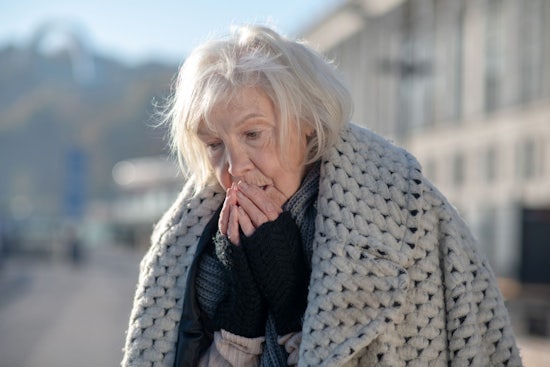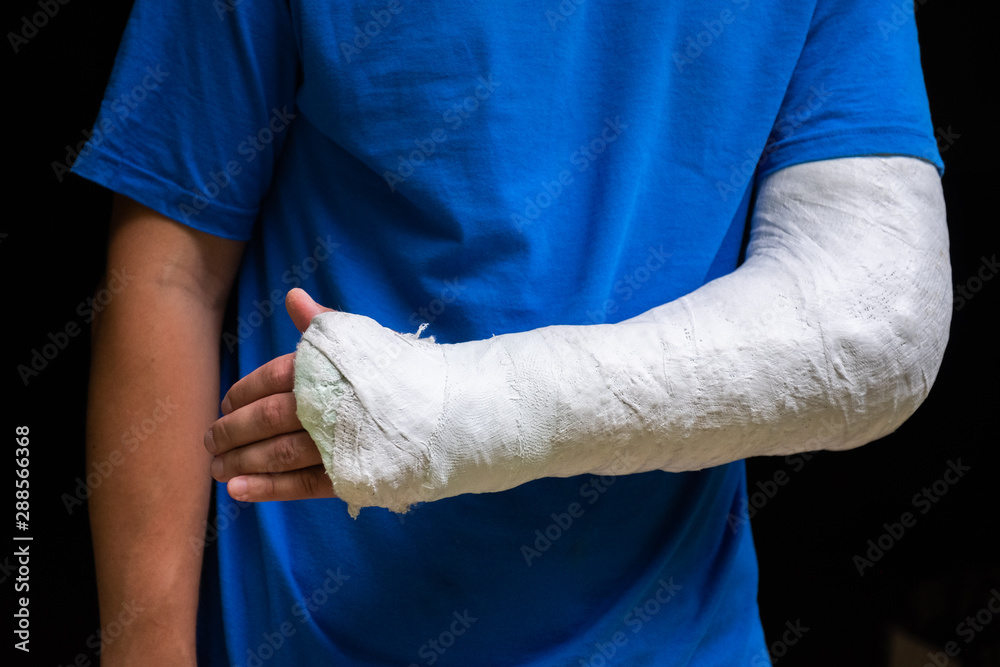
More and more older people no longer have a roof over their heads because they can’t afford what housing costs these days. For this article, Aaron Bolton of Montana Public Radio (MTPR) talked to seniors who are now homeless and to some of those struggling to help them. Bolton’s article results from a partnership between KFF Health News, NPR, and MTPR. KFF posted it on January 17, 2025. Funding from the Silver Century Foundation helps KFF Health News develop articles (like this one) on longevity and related health and social issues.
COLUMBIA FALLS, MT. Over two years ago, Kim Hilton and his partner walked out of their home for the final time. The house had sold, and the new landlord raised the rent.
They couldn’t afford it. Their Social Security payments couldn’t cover the cost of any apartments in northwestern Montana’s Flathead Valley.
Hilton’s partner was able to move into her daughter’s studio apartment. There wasn’t enough space for Hilton, so they reluctantly split up.
At 68 years old, he moved into his truck—a forest-green Chevy Avalanche.
Hilton quickly found out how hard it would be to survive. Hilton has diabetes. That first night, his insulin froze, rendering it useless.
Things didn’t get any easier that winter. On the coldest nights, temperatures dropped to about minus 20 degrees. Hilton kept the truck running, but eventually his fuel pump failed. He was on his own in the cold.
Hilton is incredibly optimistic, but in that moment, he said, his spirit broke.
“I just said I want to go to sleep and not wake up and I won’t have to worry about anything. I’ll just sit here and be a little popsicle in the truck,” Hilton recalled.
The recent “gray wave” of homeless seniors is overwhelming those who are trying to help.
Hilton was one of tens of thousands of seniors in the United States who became homeless for the first time in 2022. A dramatic increase in the number of homeless seniors nationwide is overwhelming services for unhoused people.
Older Montanans especially are struggling because housing costs have skyrocketed since 2021, in part because of the rise of remote work. The state has one of the nation’s fastest-growing homeless populations, according to federal data.
University of Pennsylvania researcher Dennis Culhane, PhD, estimated that the number of homeless people age 65 and up in the United States would triple between 2019 and 2030. He recently updated that estimate, using federal data for a recently published paper.
“We are on track to meet that prediction. In fact, the growth has been slightly higher than we predicted,” he said.
According to Culhane’s research, the number of people 65 and older jumped by a little over a third between 2019 and 2022 alone. By 2022, there were about 250,000 people over 55 who were unhoused. About half of this population are homeless for the first time.
What researchers and advocates call the “gray wave” of homeless seniors is overwhelming service providers trying to help.
Wendy Wilson is seeing the gray wave coming firsthand. She’s a case manager at Assist, a nonprofit that helps Flathead residents struggling to meet their medical needs. In the past, that meant helping them get free meals or finding a ride to the doctor’s office.
Increasingly, Wilson helps older people like Hilton find housing.
“They have medical issues. It’s not easy for them to be living in a truck or at the homeless shelter when you have medical issues going on,” she said.
Many seniors are enduring a long, dangerous wait for a slot to open up in a program that can help them.
Wilson found Hilton a spot in early 2023 at the Samaritan House in Kalispell, which has private rooms. But after five months of living in his truck, Hilton’s health had gone downhill fast. He had several fainting episodes at the shelter, then-manager Sona Blue said.
“It scared us because we have no medical care in this facility,” she said.
That’s not usual for shelters. Finally, Hilton took a bad fall, and shelter staff sent him to an emergency room.
The doctor who treated Hilton discovered he had developed pressure wounds from sitting for months in the same position in his truck. Because of the neuropathy in his limbs from his diabetes, Hilton couldn’t feel the pain. Those wounds never healed and became infected, another common complication of diabetes.
Hilton had one leg amputated. Later, his other leg was amputated as well. Returning to the shelter in a wheelchair wasn’t an option: there were no shelter staffers or medical personnel available to help with his basic needs.
A handful of homeless service providers, including shelter staffers and other medical case workers, tried to help Hilton find another place to go. They put him on waiting lists for the limited supply of subsidized housing in the area.
Wilson secured one of the few slots in a Medicaid program that helps pay for assisted living for Hilton. But it can take a year or more for units to open. So Wilson crossed her fingers that Hilton would get lucky before he was released from the hospital after his second amputation.
Many seniors across the country are stuck playing the same dangerous waiting game, said Caitlyn Synovec, OTD, with the National Health Care for the Homeless Council.
Homeless shelters specifically for seniors are opening up in a few cities.
“Sometimes they can’t be safely served in a shelter because they have issues with incontinence or cognition. Then they’re more likely to be on the streets, and their conditions will worsen quite a bit,” she said.
Communities are looking for solutions.
To serve aging people with complex medical needs, homeless shelters for seniors are cropping up in such cities as Salt Lake City and Fort Lauderdale, FL.
Montana recently got approval from federal health officials to use Medicaid funding to temporarily help people with medical conditions make rent.
But that’s not enough, according to Synovec. She said the real solution is building more affordable housing so older Americans don’t become homeless in the first place.
That housing will need to be accessible too. Older homeless people like Hilton need homes they can safely navigate. Because of his new wheelchair, he needed a ground-floor apartment.
In the fall, Hilton finally got a spot in a facility that would take his Medicaid waiver. He also got an electric wheelchair to make it easier to get to doctor appointments in town.
Hilton said he hasn’t pushed his new wheelchair to its top speed yet. “It goes fast for a wheelchair. I’m going to find out when I go down to dinner. I’ll stretch it out, break it in,” he said with a laugh.
Hilton is grateful to finally have stable housing. Wilson is grateful too. She said it was one of the few times she’s been able to help a senior regain housing.
“It was a woo-hoo moment,” she said.
As long as the facility stays open and the Medicaid waiver program isn’t cut, she’s confident Hilton will have made it through homelessness.

Journalist Aaron Bolton specializes in stories about health care but also covers regional, statewide and national news for Montana Public Radio. He began his career—after interning at Minnesota Public Radio—by working as a reporter in a remote area of Alaska and then as the news director for KBBI, a public radio station in Homer, Alaska. Bolton lists sign language among his skills.


